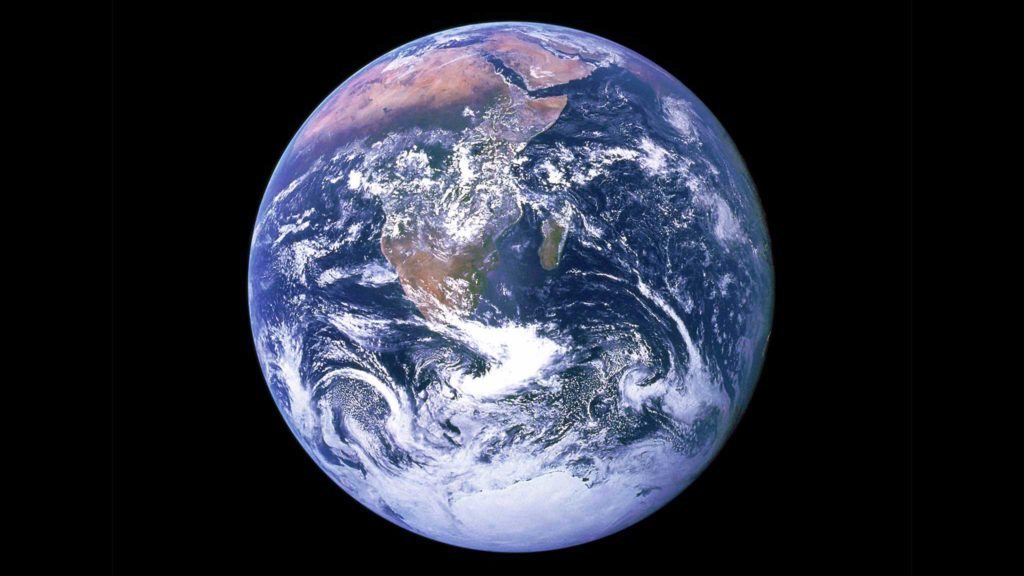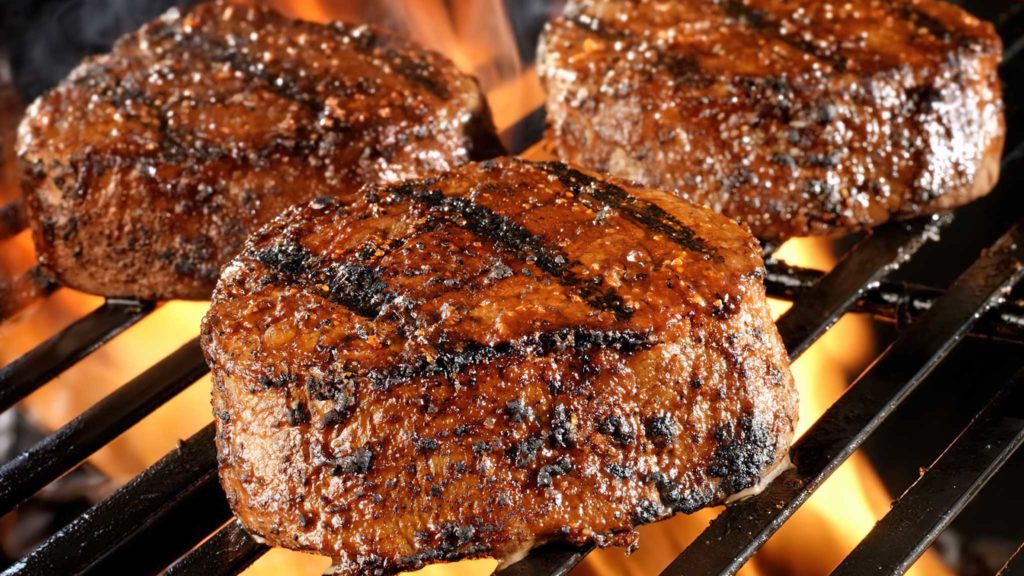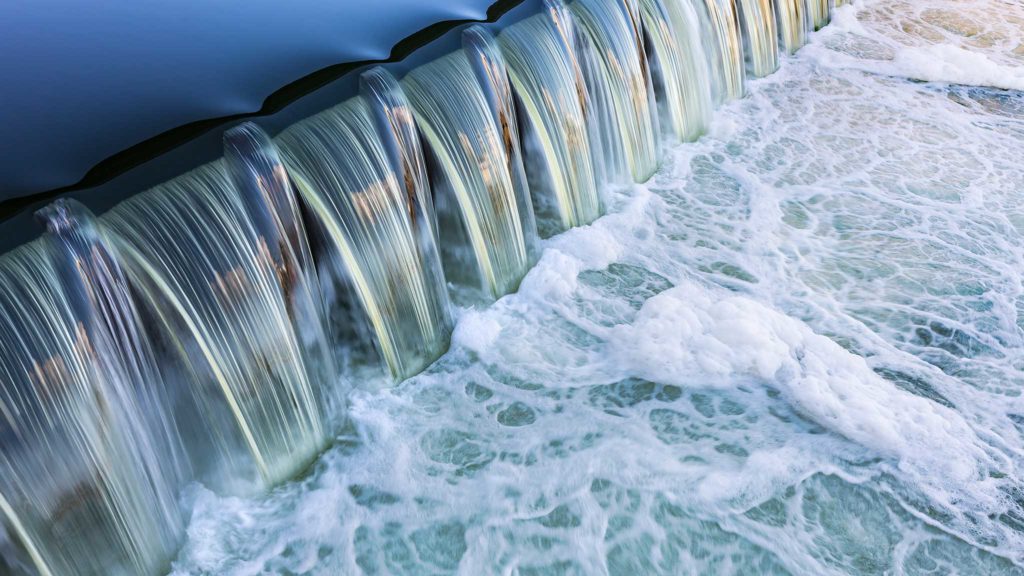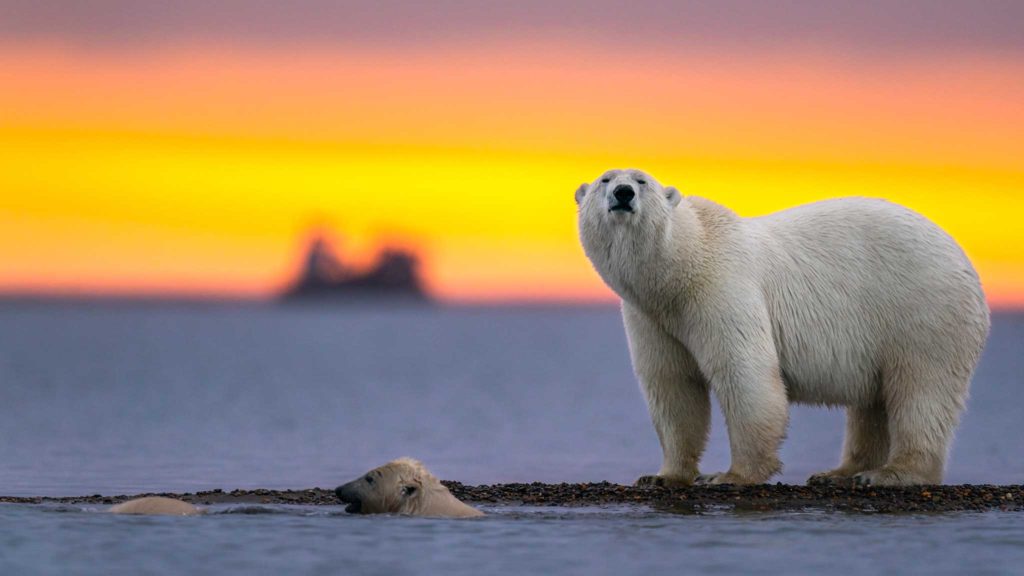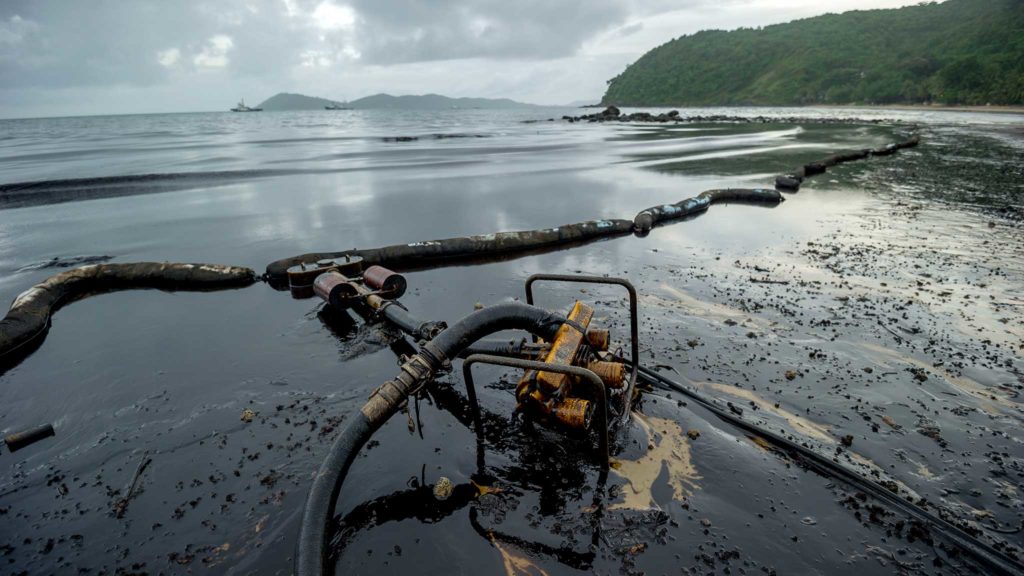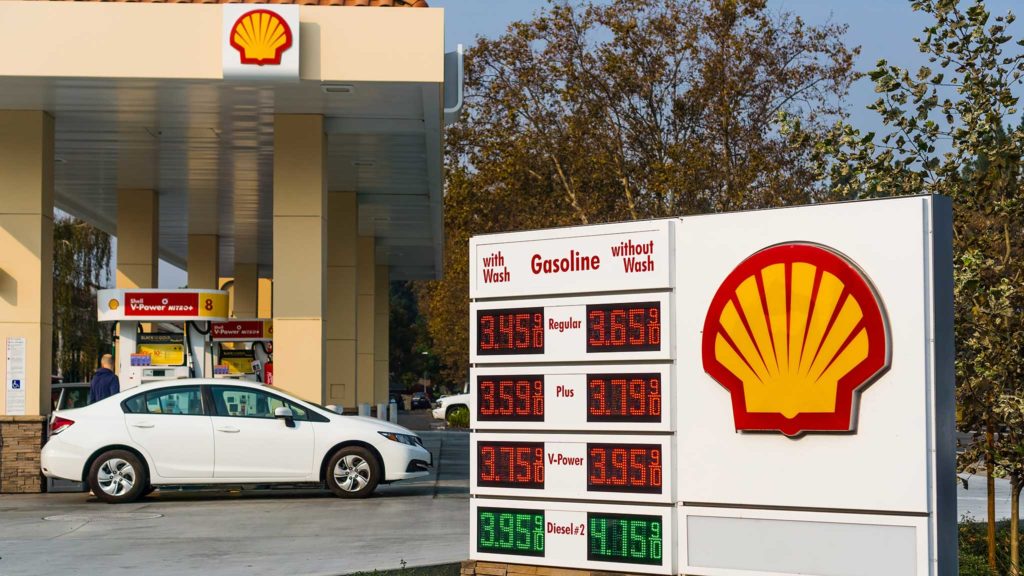Chapter 35: Energy and Humanity
What exactly distinguishes humans from other species? Defining humankind has perplexed scientists, philosophers, and theorists for centuries. DNA composition differentiates species in a technical sense but hardly satisfies metaphysical yearnings. Certainly something more ethereal separates humans from “lower” creatures. Over the centuries, several definitions emerged — from using tools to speaking — but all proved […]
Chapter 35: Energy and Humanity Read More »

